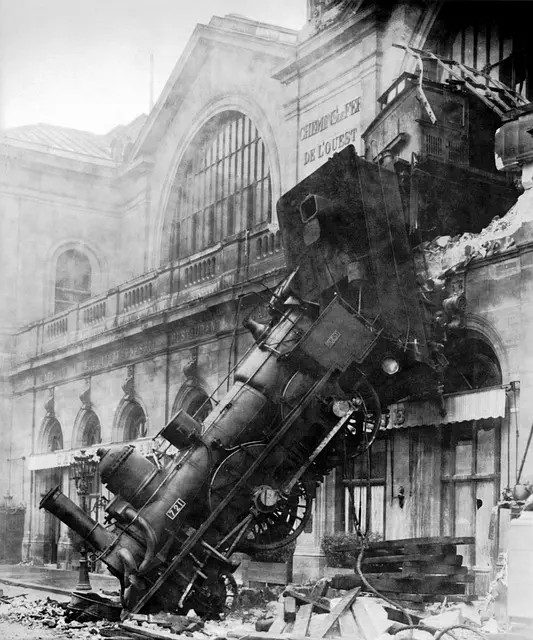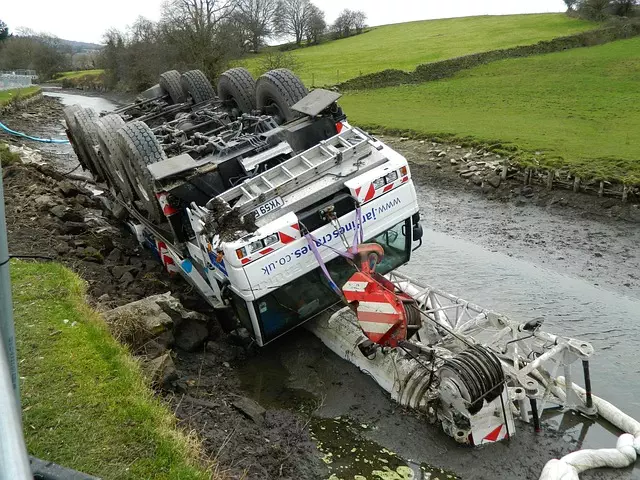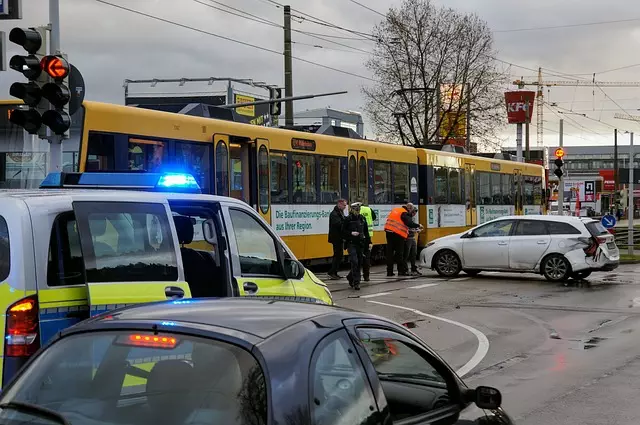Motorcycle crashes in Brooklyn, fueled by heavy traffic and complex urban networks, have led to rising accidents involving rideshare vehicles, causing severe injuries and fatalities. This trend highlights the need for improved safety measures, such as enhanced driver training, stricter enforcement, and advanced motorcycle visibility features, to protect riders' rights. Rideshare Safety Litigation aims to address these issues through legal challenges, setting precedents for better safety standards, and holding accountable parties negligent in motorcycle crashes, ultimately aiming to reduce risks for Brooklyn's motorcyclists.
Motorcycle crashes in Brooklyn have become a growing concern, with a significant rise in incidents linked to rideshare services. This article delves into the scope of the problem, exploring the intersection of increasing ride-sharing popularity and safety risks. We examine legal implications, particularly focusing on Rideshare Safety Litigation in NYC, where motorcyclists face unique challenges. Additionally, it discusses enhancing safety measures for Brooklyn’s motorcyclists, aiming to mitigate these concerns through comprehensive strategies.
- Understanding the Scope of Motorcycle Crashes in Brooklyn
- The Rise of Rideshare Services and Safety Concerns
- Legal Implications: Rideshare Safety Litigation in NYC
- Enhancing Safety Measures for Motorcyclists in Brooklyn
Understanding the Scope of Motorcycle Crashes in Brooklyn

Motorcycle crashes in Brooklyn are a significant concern, often leading to severe injuries and even fatalities. Understanding the scope of this issue involves recognizing that Brooklyn’s dense urban environment, heavy traffic volume, and intricate network of roads create unique challenges for motorcyclists. According to recent statistics, motorcycle accidents have been on the rise, prompting heightened awareness among residents and authorities alike.
In the context of rideshare safety litigation, Brooklyn has seen an increase in cases involving motorcyclists who were injured or killed in crashes with rideshare vehicles. This trend highlights the need for improved safety measures, including better driver training, stricter enforcement of traffic regulations, and enhanced visibility features on motorcycles to prevent accidents and protect riders’ rights in litigation.
The Rise of Rideshare Services and Safety Concerns

The rise of rideshare services has transformed the way New Yorkers commute, offering convenient and accessible transportation options. However, this growing trend also raises significant safety concerns, particularly in densely populated areas like Brooklyn. With an increasing number of motorcycle crashes involving rideshare drivers, there’s a pressing need to address the unique challenges they face. These accidents often result in severe injuries or even fatalities, leading to rising rideshare safety litigation and public scrutiny.
The high-risk nature of motorcycle ridesharing is attributed to several factors. First, the speed and agility of motorcycles make them more vulnerable on crowded city streets. Second, drivers must navigate through heavy traffic while focusing on picking up and dropping off passengers, potentially leading to distracted driving. Lastly, the lack of physical barriers between drivers and other vehicles increases the risk of severe injuries in the event of a collision. As rideshare services continue to dominate the transportation landscape, addressing these safety concerns is crucial to protect both riders and the public.
Legal Implications: Rideshare Safety Litigation in NYC

In New York City, including Brooklyn, rideshare services have become a ubiquitous part of daily life. However, this convenience comes with its share of legal complexities, particularly in the context of motorcycle crashes. When a rider is involved in an accident while using a rideshare service, the subsequent litigation often involves intricate legal implications. Rideshare Safety Litigation in NYC aims to address the unique challenges posed by these cases, focusing on driver training, vehicle safety standards, and liability determinations.
Legal experts argue that these lawsuits can set precedents for improving overall rideshare safety. By examining the specific circumstances surrounding motorcycle crashes, attorneys can uncover negligence or policy gaps. This process not only seeks justice for injured parties but also encourages companies to enhance their safety protocols. The outcome of such cases could influence future regulations, making ridesharing safer for all users, especially motorcyclists who face higher risks on the roads.
Enhancing Safety Measures for Motorcyclists in Brooklyn

Brooklyn’s bustling streets and highways present unique challenges for motorcyclists, making safety a paramount concern. To mitigate risks, enhancing motorcycle safety measures is crucial. This involves a multi-faceted approach, from improved infrastructure like dedicated bike lanes and better street lighting to advanced driver training programs that focus on motorcycle awareness.
Rideshare Safety Litigation plays a significant role in driving these changes. By holding liable parties accountable for negligence leading to crashes, these legal actions not only provide compensation to injured motorcyclists but also incentivize the adoption of safer practices throughout the city. This includes stricter enforcement of traffic regulations, better vehicle maintenance standards, and technology integration such as collision avoidance systems, all aimed at creating a safer environment for Brooklyn’s motorcycle community.
Motorcycle crashes in Brooklyn have prompted a closer look at rideshare service safety and legal implications. As these services continue to grow, ensuring rider protection is paramount. Enhancing safety measures, including improved training and technology, is crucial to mitigate risks. In light of rising litigation in NYC focusing on rideshare safety, it’s essential for both companies and riders to prioritize motorcycle safety to create a safer environment for all Brooklyn roads.
